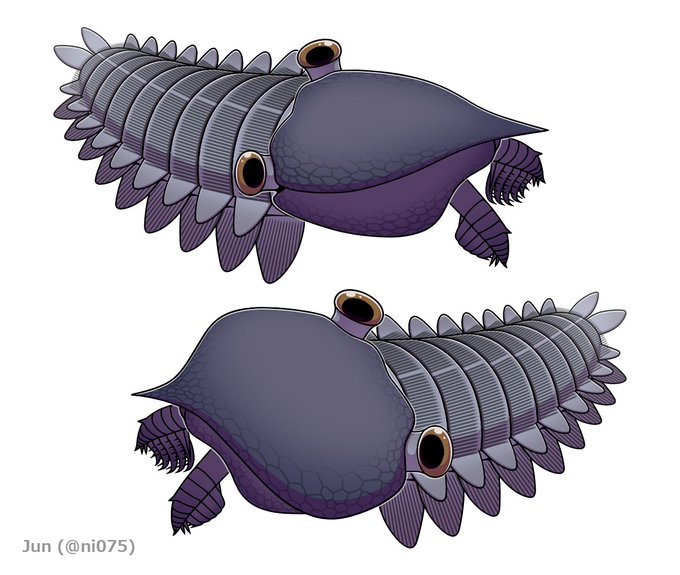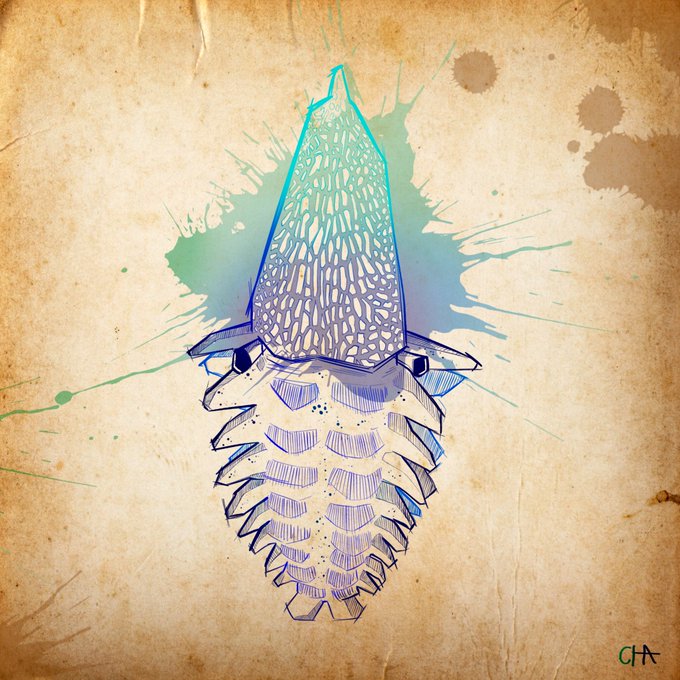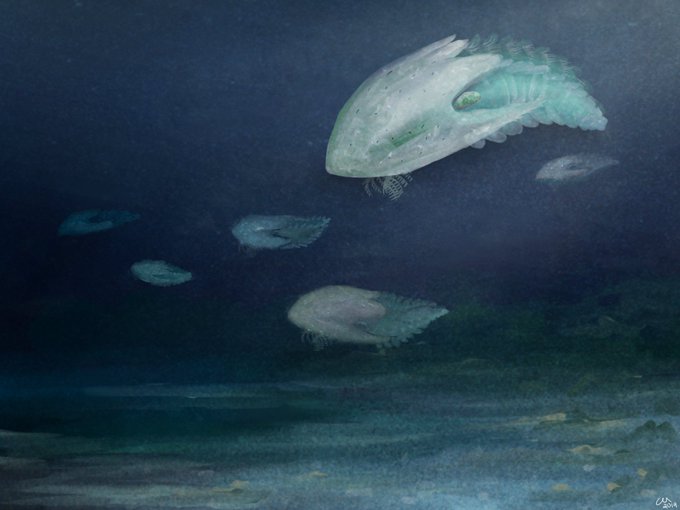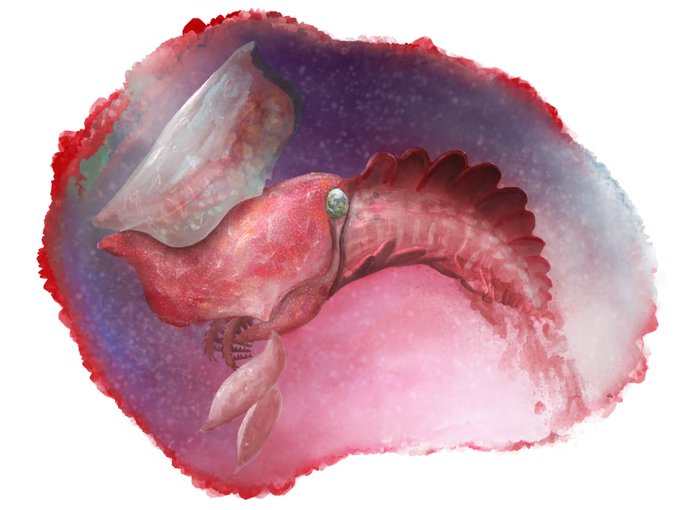hurdiaのTwitterイラスト検索結果。 15 件
#カンブリア紀 #Cambrian
#古生物 #Paleoorganism
#フルディア・ビクトリア #HurdiaVictoria
こういうのも描くの早いよ。
I'm also quick to draw this.
#OzuAnnArt
#みんなでつくるTwitter古生物図鑑
フルディア トライアングラタ
#Hurdia triangulata
カンブリア紀 ウリューアン期
カナダ バージェス動物群
推定最大体長約8cm
海産
ラディオドンタ類 Radiodonta
フルディア科 Hurdiidae
#みんなでつくるTwitter古生物図鑑
フルディア ヴィクトリア
#Hurdia victoria
カンブリア紀 ウリューアン期
カナダ バージェス動物群 アメリカ Spence Shale
推定最大体長約30cm
海産
ラディオドンタ類 Radiodonta
フルディア科 Hurdiidae
#みんなでつくるTwitter古生物図鑑
フルディア
#Hurdia
=プロボシカリス Proboscicaris
カンブリア紀
カナダ バージェス動物群 アメリカ Spence Shale, Pioche Shale, Wheeler Shale 中国 Qingjiang biota チェコ Jince Formation
海産
ラディオドンタ類 Radiodonta
フルディア科 Hurdiidae
#Radiodont ;
Anomalocaris canadensis
Amplectobelua symbrachiata
Hurdia victoria
Aegirocassis benmoulae
#paleoart #sciart #radiodontart
when thinking about which kind of animal for black and white tattoo id want and was ORIGINALLY going to do a myriapod but i luv my cambrian fellers much more so who do YOU guys think is good
^—^
1. halbetia
2. hurdia
3. sidneyia
4. kootenichela deppi
pt 1 of my lil cambrian critters series! i sketched a bunch a few months back and thought why not finish em up! here’s some hurdiidae for today✨💙
aegirocassis benmoulae, hurdia victoria, and ursulinacaris grallae!! #paleoart
A Hurdia finds itself stranded on a hot Cambrian beach after a storm, devoid of scavengers.
(I’ll post decent art once I get out of this occasional art-block. Maybe some bromacker stuff soon.)
#Paleoart #Paleontology #SciArt
A redraw of “Hurdia megamouth”, an as of yet undescribed species of Hurdiid currently being worked on. As my personal nickname for it suggests, it’s mouth was massive. Excited for the description.
#Paleoart #Palaeontology
The Burgess was home to several genera of Hurdiid anomalocarids, which survived by filtering food out of the fine silt, brine seeps, and water column, using comb-like frontal appendages. These include Peytoia, Stanleycaris, two species of Hurdia, and Cambroraster elsewhere.
“Put Hurdia triangulata through DeepDream on low settings, it’ll stay pretty much the same”
>destroys Hurdia and turns it into a seal looking thing
Also, first illustration of Lobopodian Ecdysis?











































